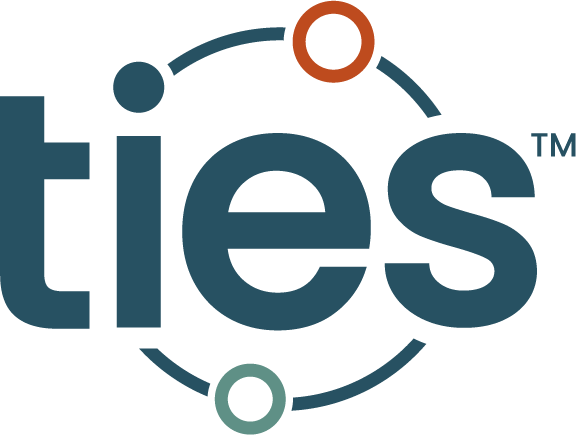
‘They have an imagination just like any other child’
For Monica Cornell, the work with Zero Barriers team is a welcome affirmation of how she has been teaching the 11 students in her “self-contained” elementary classroom at Hawkins STEMM Academy, a public school, in Toledo.
Each of Cornell’s 11 students, who range from second to fifth grade, has some type of learning or intellectual disability and the Zero Barriers framework that focuses on STEM learning aligns well with the type of hands-on and individualized learning that she offers students.
“So my students love working with their hands. Not always are they able to read. Not always are they able to write,” Cornell said. “But they can build. They have an imagination just like any other child.”
Cornell has found that the STEM work that she does with them, where students do such things as think about, plan for and then design and build a livable treehouse, engages students in far more meaningful ways than most standard curriculum.
“Within that project, we worked on area and perimeter. We worked on a blueprint. How do you make a blueprint? Students spoke with a professional from the community for guidance for how to build the tree house,” she said. “And then we actually gave them materials. We gave them cardboard tubes, we gave them paper towel rolls, toilet paper rolls, crepe paper. Really, anything that they could do to make their treehouse.”
Some students made swings for their tree houses, some had different ideas. Students then presented about the process, including a summary of how they did it, how much it cost and what they learned.
Cornell follows the same process with other STEM-based projects, integrating into the project all academic subjects from English to history and math.
Cornell sees strong benefit in the work for all students, especially hers who are often left out of experiential learning opportunities that are commonly considered too intricate for those with learning challenges.
This type of project-based learning is important, Cornell said, because it gives students ways to express themselves through their learning.
“For some, it’s the first time they’ve ever been able to express themselves. My students struggle with expressing themselves and it’s challenging for them to tell me what they’re feeling and why they’re feeling that way. They don’t have that vocabulary for that. But if they could show me in a building or a picture or a project that we’re working on that they’re able to learn, then that’s the most important thing,” Cornell said.
